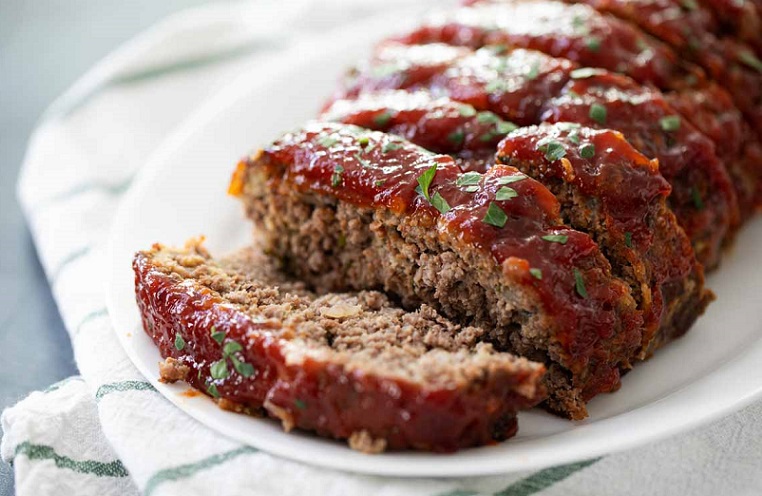Proper measuring is essential in creating delicious food. And while food can still taste good even if you use too much or too little of an ingredient, baked food can’t, at least most of the time. Baking is a science and requires precision, so you must follow the recipe as closely as possible, or else it will be ruined. However, when trying to measure ingredients, you may be unaware that there is a difference between solid ounces and liquid ounces. So in this article, we will explain the right way to measure these types of ingredients.
What is the difference between dry and liquid measurements?
Simply put, dry measurements are used to measure dry or solid ingredients such as flour or sugar, while liquid measurements are used to measure liquid ingredients such as water or cooking oil. In many recipes, both types of measurements use cups and ounces to measure ingredients. That said, solid ounces are used to measure the weight of the ingredients, while liquid ounces are used to measure the volume of the ingredients, which can be confusing at times.
What is the right way to measure dry and liquid ingredients in ounces?
When you measure liquid ingredients in ounces, you can rely on the liquid measuring cups to indicate the right amount you need. For example, a cup of liquid always equals 8 liquid ounces, no matter what type of liquid you are using. On the other hand, a cup of dry ingredients does not always equal the same weight in ounces since ingredients vary greatly in weight. Furthermore, the method you use for putting the dry ingredient in the cup, such as gently scooping it up or heavily packing it in, can make its weight change drastically too.
Then, how should you measure dry ingredients in ounces? The answer is to use a scale. Put the dry ingredients you want to measure in a cup or a bowl then weigh it on a scale to get the exact weight that you need. This way you will not make any mistakes with your measurements anymore.
What is the right way of measuring dry and liquid ingredients in cups?
There are two main types of measuring cups, which are dry measuring cups and liquid measuring cups.
What is a dry measuring cup and how to use it?
Dry measuring cups are designed to be used for measuring solid ingredients. Its shape is designed to be filled to the rim and sports a flat bottom.
To measure the dry ingredients correctly, you need to scoop the ingredients into the measuring cup. Thereafter, level off the excess that peeks over the cup’s rim with something with a flat surface, such as the back of a knife. Be careful to not pack your ingredients into the cup or the amount will not be accurate.
What is a liquid measuring cup and how to use it?
Liquid measuring cups are designed to measure the volume of liquid needed for a recipe. This is why it is usually made of transparent material like glass or plastic and has a measurement line on the side to show you the amount of liquid inside the cup. It also has a handle and a beaker-like rim to make it easier for you to hold the cup and pour liquid in and out of the cup without spilling.
To ensure that you measure the liquid ingredients correctly, you must place the measuring cup on a flat surface, then pour in the liquid to the desired amount. After that, check with the measurement line by bringing your eyes level down to the measuring cup line and make sure it is at the level of the mark you want. Do not hold the measuring cup with your hand while checking its level because your hand might not be still enough and cause the liquid inside to wobble, making your reading inaccurate.
Measurement for dry ingredients in weight
To conclude our ingredient measuring guide, we thought it would be helpful to provide 2 conversion tables for both dry and liquid ingredients. With the latter, you will be able to quickly identify the quantity you need for a certain ingredient:
| Teaspoon and Cups | Tablespoons | Ounces | Pounds | Metric |
| 1/4 teaspoon | 1 ml | |||
| 1/2 teaspoon | 2 ml | |||
| 1 teaspoon | 1/3 tablespoon | 1/6 ounce | 5 ml | |
| 3 teaspoons | 1 tablespoon | 1/2 ounce | 14 grams | |
| 1/8 cup | 2 tablespoons | 1 ounce | 28 grams | |
| 1/4 cup | 4 tablespoons | 2 ounces | 56.7 grams | |
| 1/3 cup | 5 tablespoons and 1 teaspoon | 2.6 ounces | 75.6 grams | |
| 1/2 cup | 8 tablespoons | 4 ounces | 0.25 pound | 113 grams |
| 2/3 cup | 10 tablespoons and 2 teaspoons | 5.2 ounces | 151 grams | |
| 3/4 cup | 12 tablespoons | 6 ounces | 0.375 pound | 170 grams |
| 1 cup | 16 tablespoons | 8 ounces | 0.5 pound | 225 grams |
| 2 cups | 32 tablespoons | 16 ounces | 1 pound | 454 grams |
| 4 cups | 64 tablespoons | 32 ounces | 2 pounds | 907 grams |
Measurement for liquid ingredients in volume
| Cups | Ounces | Metric | ||
| 1 cup | 16 tablespoons | 0.5 pint | 8 fluid ounces | 237 ml |
| 2 cups | 32 tablespoons | 1 pint | 16 fluid ounces | 474 ml |
| 4 cups | 64 tablespoons | 1 quart | 32 fluid ounces | 946 .4 |
| 16 cups | 1 gallon | 4 quarts | 128 fluid ounces | 3.785 liters |
| 32 cups | 2 gallons | 8 quarts | 256 fluid ounces | 7.57 liters |


